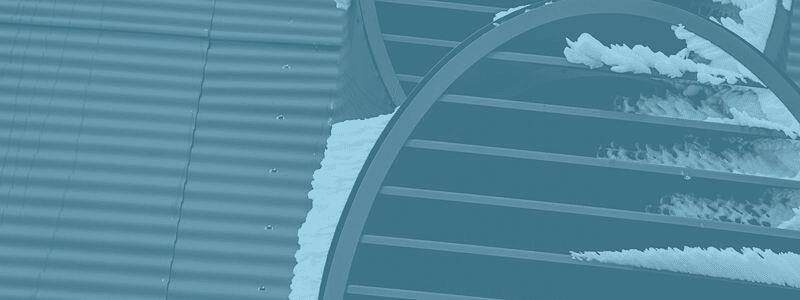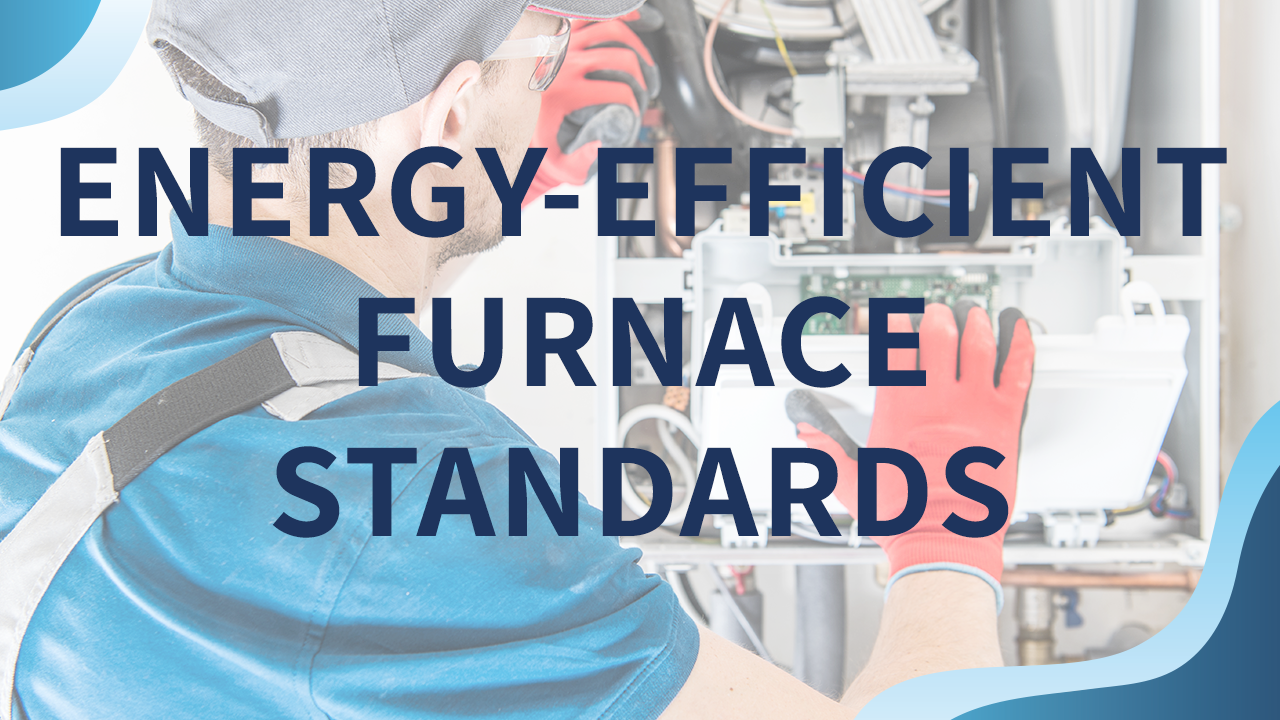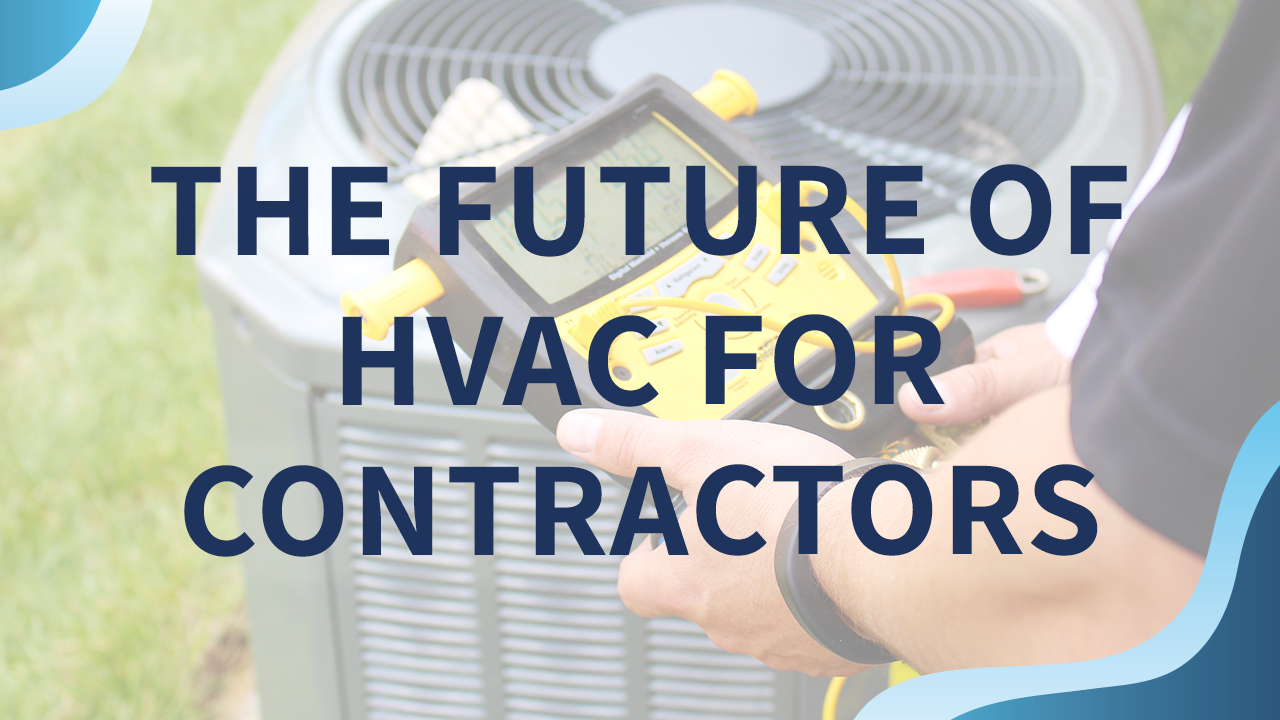As soon as you open the door to your home, sneeze, cook, or even sleep, particles in the air get stirred up. The matter found floating within the ductwork in your home, called particulates, needs to be removed for good indoor air quality.
Good HVAC system filters are essential to keep the HVAC system running well and help protect air quality. A standard air filter is designed to capture large-sized particulates. Therefore, it is crucial to the performance of an HVAC system.
By routinely replacing the air filter by following a manufacturer’s guidelines, you can prolong the life and efficiency of your system.
According to Energy.gov, “a clogged air filter can increase your air conditioner’s energy consumption by up to 15%.” Air filters are rated on a minimum efficiency reporting value (MERV). Residential furnaces and heat pumps commonly use 1 to 4 MERV filters, and commercial buildings typically use filters rated from 5 to 8 MERV.
When the MERV rating number is high, the filter will trap a significant amount of pet allergens and a small portion of dust mite allergens. Some HVAC systems may not be designed to accommodate high MERV-rated filters. Discuss the options with a licensed HVAC technician about your HVAC manufacturer’s recommended filter type and which MERV rating your system can handle.
Consider the whole house, not just individual rooms, when deciding indoor filtration. When you replace your filters with better, high-efficiency HVAC system filters than previously installed, you will almost always increase the system’s static pressure. Therefore, your contractor should measure the static pressure of the system to make sure you can still move enough air with the new filter in place.
The duct system should also be evaluated for leakage and to ensure the home has pressure-balanced rooms. This can determine if the house has excessive dust due to being under negative pressure, a return leak that is drawing in an attic, basement, or crawlspace dust and dirt.


HVAC System Filters History
HVAC System Filters origins start with heating equipment to keep the dust from entering the system, lessening the chance of mechanical failure.
Filters have evolved with increased customer expectations. For example, homeowners want filters to protect the equipment and keep the home clean.
Installed on the return side of the heating system, the sole job of the filter was to keep the dust from entering the system. By stopping dust before it entered, the blower section had less chance of mechanical failure and efficiency loss due to improper airflow.
The filter’s primary purpose was to offer protection for the mechanical system. However, another emerging use for filtration began appearing when electronic air filters were introduced, primarily limited to a few homeowners.
During the 60s and early 70s, a massive influx of electrostatic filters hit the market, with many making claims of greater than 90% efficiency – and the filter industry was officially born.
While history may show that this was the beginning of filters being used to improve air quality, there were some problems associated with these new electrostatic filters – restriction of airflow, most notably. In addition to the mechanical issues, the rating system of using either dust spot efficiency was confusing to consumers and left the door open for somewhat misleading claims by manufacturers.
HVAC System Filters Types
If you wonder what type of HVAC filter you should use, here we list some of the best filters on the market that will adapt to your needs.
Fiberglass
Spun fiberglass is usually the least expensive, least restrictive, and least effective filter type. Typically constructed in 1″ and 2″ thicknesses, these filters can be found in most homes.
They can be purchased at grocery or home improvement stores for very little. Since HVAC systems are different, finding the right size for your grille air returns can be challenging. Some homes have multiple sizes, so stocking these can be a hassle. These are most effective if changed monthly. The main benefits of fiberglass filters include:
- Inexpensive
- Disposable
- Suitable for capturing large particles like lint and dust


Electrostatic
Most electrostatic filters are made of tightly woven mesh and plastics, with some containing layers of foam or charcoal filtration material.
Electrostatic filters vary as far as air resistance. Many HVAC professionals agree that these filters may be a problem when restricting airflow through the system. However, this is an attractive filter type because they are marketed as “lifetime” filters and only require regular washing with the water hose for maintenance.
Many individuals do not do this routine maintenance, and the filters become even more of a problem for airflow restriction. The main benefits of electrostatic filters include:
- Can be cleaned and reused
- Require replacement only every few years
- Protect furnace motor and trap larger particle
Pleated Media
Pleated media filters have pleats (accordion-style folds) in them. This design creates more filter surface area, which allows for better filtering capability.
The idea behind the pleated filter design is that if it is constructed with a tighter weave (to stop more particles), there should be a larger surface area to allow air to pass through the filter with minimal pressure drop.
However, these filters are being installed inappropriately in the 1″ filter rack the manufacturer designed for equipment protection. The result? In many cases, the pleated filters are too restrictive. The concept of more surface area is a great idea. Still, the airflow restriction is significant when we make a highly effective pleated filter and place it in the incorrect 1″ size slot.
The main benefits of pleated media filters include:
- Disposable
- A larger surface area captures more particles
HEPA
The American Lung Association defines HEPA as a High-Efficiency Particulate Arrestance filter. HEPA filters were originally designed for the U.S. military during World War II to prevent the discharge of radioactive particles from nuclear reactor facility exhausts.
This filter type quickly spread into medical, industrial, and consumer applications. A HEPA filter must be able to remove 99.97% of all particles down to .3 microns.
A filter as effective as the HEPA filter is highly restrictive to airflow. Too restrictive for a residential blower to operate against. Therefore, a HEPA bypass filter has become the product of choice used in residential applications.
The HEPA bypass filter is installed outside the system’s air stream, connected with a section of ductwork. It has a blower that draws the air through the filter and circulates it back to the air stream. The concept is that a HEPA filter blower can bring the air into the HEPA bypass filter around the air handling unit blower. This allows the filter to do its job without “choking” the air-handling unit by severely restricting airflow.
Filter Thickness Makes a Difference
In addition to knowing the standard height and width dimensions, air filters vary by thickness. Filters can measure under an inch thick or up to six inches. Sizing the fit is imperative for an air filter to work correctly. The wrong size may cause the filter to stop working.
To ensure you get the right fit, remove your current air filter and check the size printed on the frame. If you can’t find these at a local hardware store, check out online options, or your HVAC contractor can order them for you.


Routine Maintenance to your HVAC Filters Is Key
How often do you need to change HVAC filters? Just as your oil and filter are changed out in your car routinely, you can keep your system running smoothly by regularly changing your filters.
HVAC systems manufacturers generally recommend changing filters at three-month intervals. This will, however, depend on where your equipment is located, and other variations such as:
- If you have pets
- How old is your equipment is
- What climate you’re in
- If you have allergies or asthma
It is time to do so when you glance at your air returns and see dust or dirt on them. Indoor pollutants, including dust, pet dander, and pollen, can be trapped – simply changing the filters can help keep your air clean.












